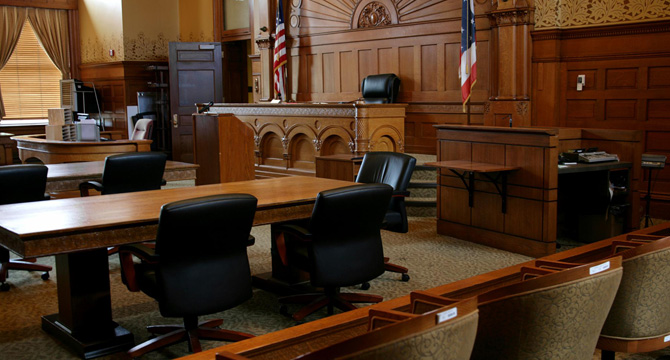Case to Watch: Goldman v. Breitbart, involving embedded Tweets of Tom Brady recruiting Kevin Durant in the Hamptons

The Southern District of New York has teed up an important copyright issue for interlocutory appeal, which could create a circuit split with the Ninth Circuit’s 2006 decision in Perfect 10, Inc. v. Amazon.com, Inc. On March 19, Judge Katherine Forrest certified for interlocutory appeal her February 15 summary judgment decision favoring the copyright owner, Justin Goldman. In her summary judgment decision, she rejected the publishers’ argument that “embedding” Tweets with the allegedly-infringing photo was not copyright infringement, expressing skepticism with the Ninth Circuit’s “Server Test” set forth in Perfect 10 v. Amazon.
This copyright action stems from a photo that Goldman took of Tom Brady with Danny Ainge (the GM of the Boston Celtics) and others in the Hamptons in 2016 when the Celtics were attempting (unsuccessfully) to recruit Kevin Durant. Three days later, Durant announced he would sign with the Golden State Warriors.
Goldman posted the photo to Snapchat. He asserts that he posted the photo to his “My Story” feed (the non-public feed, viewable only by users authorized by Goldman), but admits he may have had as many as 90 authorized connections at the time. The photo was leaked from there, and was posted to Twitter by a number of individuals. Several news outlets, including FanSided and Yahoo Sports, “embedded” the Tweets in online articles regarding the recruiting effort.
Several defendants moved for partial summary judgment of non-infringement, arguing that embedding the Tweets did not constitute copyright infringement under the Perfect 10 v. Amazon “Server Test.” In that case, the Ninth Circuit made a distinction between copyrighted images that were stored on Google’s servers and those that were not. The court held that Google could be liable for direct copyright infringement with respect to the thumbnail images that were stored on Googles servers, but not with respect to the full-sized images that were merely linked (and not stored on Google’s servers).
Judge Forrest rejected the Ninth Circuit’s distinction, reasoning that the defendants had “displayed” the Tom Brady photo even though they never stored a copy on their servers: “this Court sees nothing in either the text or purpose of the Copyright Act suggesting that physical possession of an image is a necessary element to its display for purposes of the Act.”
While “skeptical that Perfect 10 correctly interprets the display right of the Copyright Act,” she also identified factual distinctions between the cases that would render the “Server Test” inapplicable even if valid. Namely, she found it significant that the media outlets volitionally embedded the Tweets in contrast with Google’s more passive assistance to its end users.
On March 19, Judge Forrest granted defendants’ motion to certify her decision for interlocutory appeal to the Second Circuit. In her certification decision, she credited the parties’ representations that her decision had “created tremendous uncertainty for online publishers” and noted that “resolution of this legal question has an impact beyond this case” due to the popularity of Twitter and “retweeting.”
This case is important to watch given its widespread ramifications for online linking and use of materials posted to social media, which has become common for online publishers and TV outlets. Not only is the viability of the “Server Test” in question, Judge Forrest has yet to rule on a number of other defenses that could immunize embedding and other linking practices, such as fair use, licensing, authorization, and applicability of the limitations on liability for online service providers under the Digital Millennium Copyright Act. Because these defenses tend to be highly-factual and case-specific, online practices will be murkier if the Server Test is abolished.
And, although the focus of summary judgment was on the embedded Tweets and the “Server Test,” some of these defenses may have implications for the publishers who used the Tom Brady photo in other ways – presumably storing the photo on their servers.
Judge Forrest has issued a stay of the case pending the interlocutory appeal, leaving these other defenses on the back burner.
